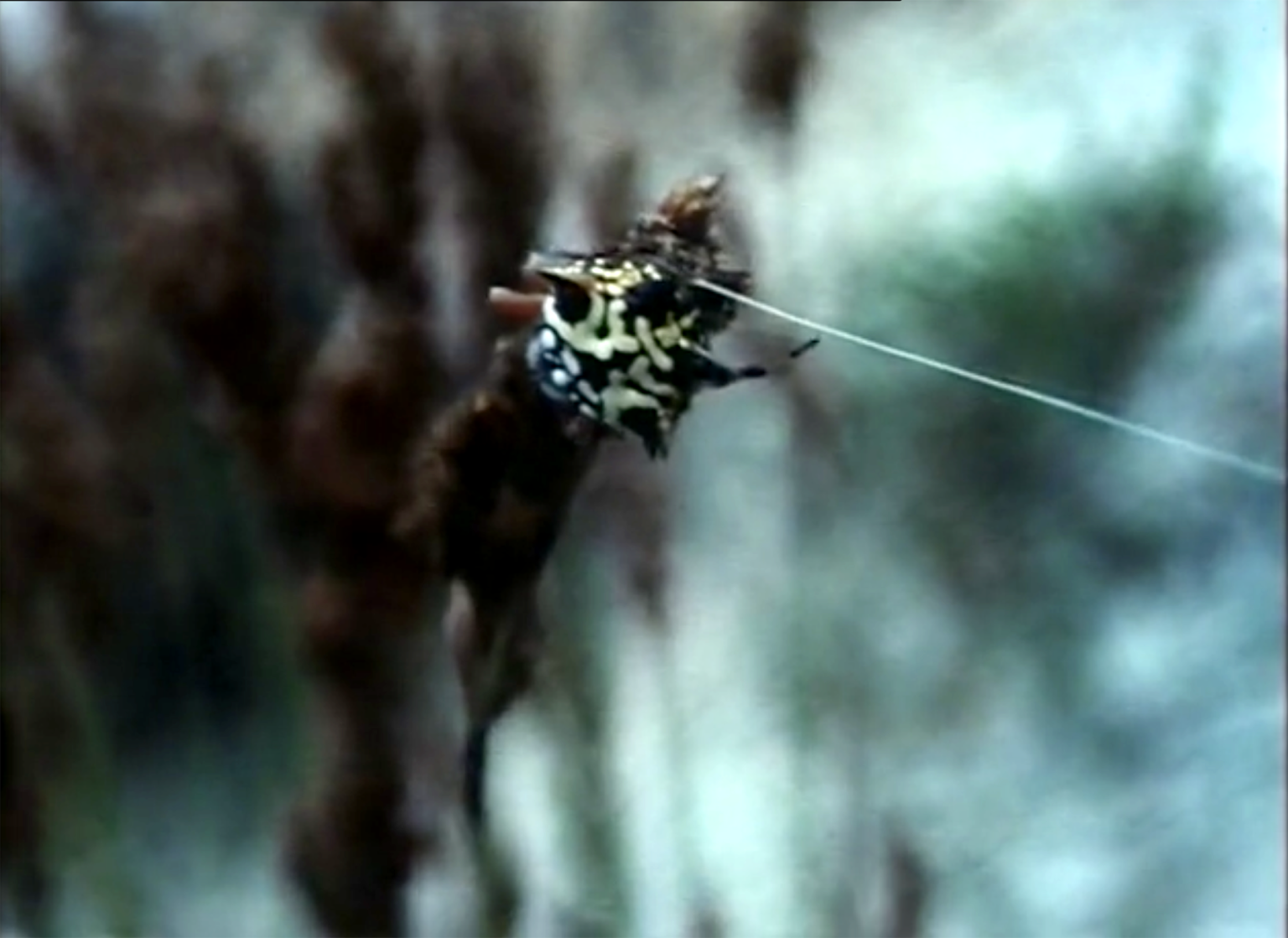Natural History Primer: an A–Z Chronicle of Waychinicup National Park and Two Peoples Bay Nature Reserve
Natural History Primer suggests material collection from specific geographical regions. These materials include super-8 film, digital video footage, sound recordings and photographic stills.
The primer format is a direct reference to Frampton’s Zorn’s Lemma (1977), a 60-minute film that makes use of set theory as its basis. Specifically, Frampton’s engagement with linguistic and abstract structures in the organisation of filmic materials is a major influence on Natural History Primer’s use of the English alphabet as its principal structuring device.
An early iteration of the video makes explicit use of language by allocating one letter to one object captured in the footage (animal, plant, rocks, minerals, natural mechanism, geographic feature, or location) by labelling it using a scientific, common, or colloquial name. This mapping plays with the idea of knowing through naming when the act of naming itself is arbitrary. Each letter precedes a piece of silent footage (of an object), which is then followed by the word that denotes the object. This primer organises the fragments into a recognisable but unpredictable pattern that can be disaggregated into 26 separate segments.
In this final iteration, objects are arranged in a similar sequence, but the absence of letters and words obscures the structuring device. In doing so, the focus is brought back to the materials. The silence that accompanies these sketches (often shot as close-ups and extreme close-ups) draws attention to the materiality of the objects. In the linear sequence, an object is placed in a relationship with another in a temporal diorama that is separated by a single transition. These transitions (such as wipes, flips, and focus shifts) are created using analogue animation. These visible seams of construction emphasise the ever-present frame, camera, and the human eye. The work calls for attentiveness to the materiality of objects through the film medium while at the same time acknowledging human presence in the community of things.
about the artist /
Jo Law works with divergent media to develop a materialist aesthetic engagement with everyday experiences. Her screenworks have recently exhibited in international programs including ‘No Trans-national–Liquid Borders and Empty Promises’ at the ISE Cultural Foundation, New York, (2012) and ’60-minute Cinema–Hong Kong: our home town’ in Manchester, UK (2012). Her works have won awards including the Silver Spire Award in New Vision at the San Francisco International Film Festival and Distinguished Award in the Hong Kong Independent Film and Video Awards. They have been collected by SBS Television, Australia, and Videotage, Hong Kong. She was the Australia Council’s artist-in-residence in Tokyo in 2008 where she produced the Autumn Almanac of Tokyo (http://www.photonicsmedia.net/about-autumn). Her current projects include ‘Sixty Second Thoughts’ (http://sixtythoughts.tumblr.com/) with Ali Jane Smith and ‘Slowing Down Time’ (http://artofslowingdowntime.tumblr.com/) with Sue Healy, Louise Curham, and Michele Elliot, and ‘A World of Things’ with Redmond Bridgeman. Jo teaches at the University of Wollongong.
vmac archived / artworks from the artist
All copyright reserved by the artist. 作品版權歸藝術家所有。
For enquires, please contact [email protected]
